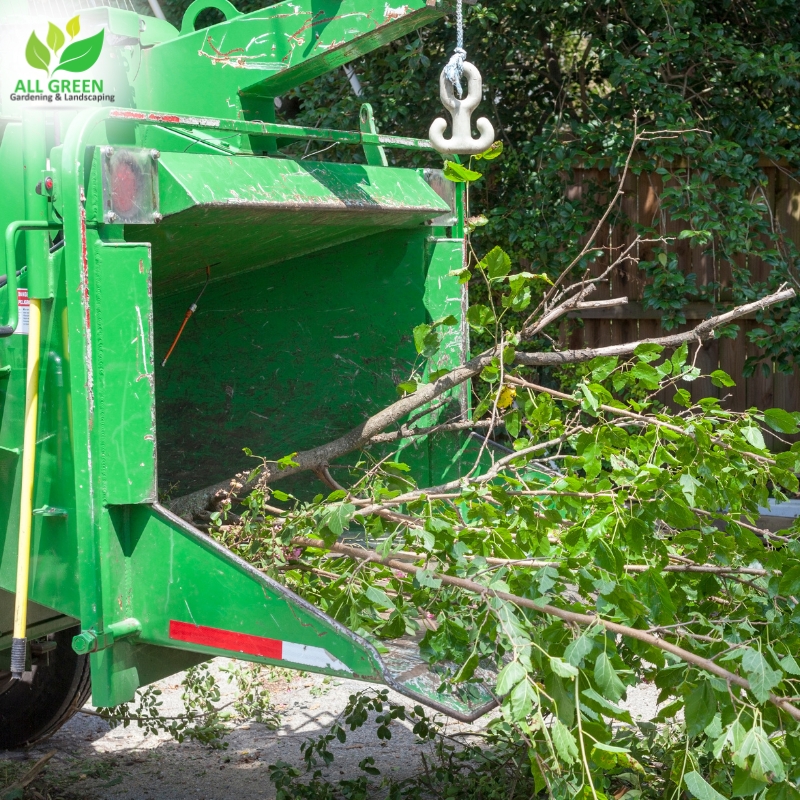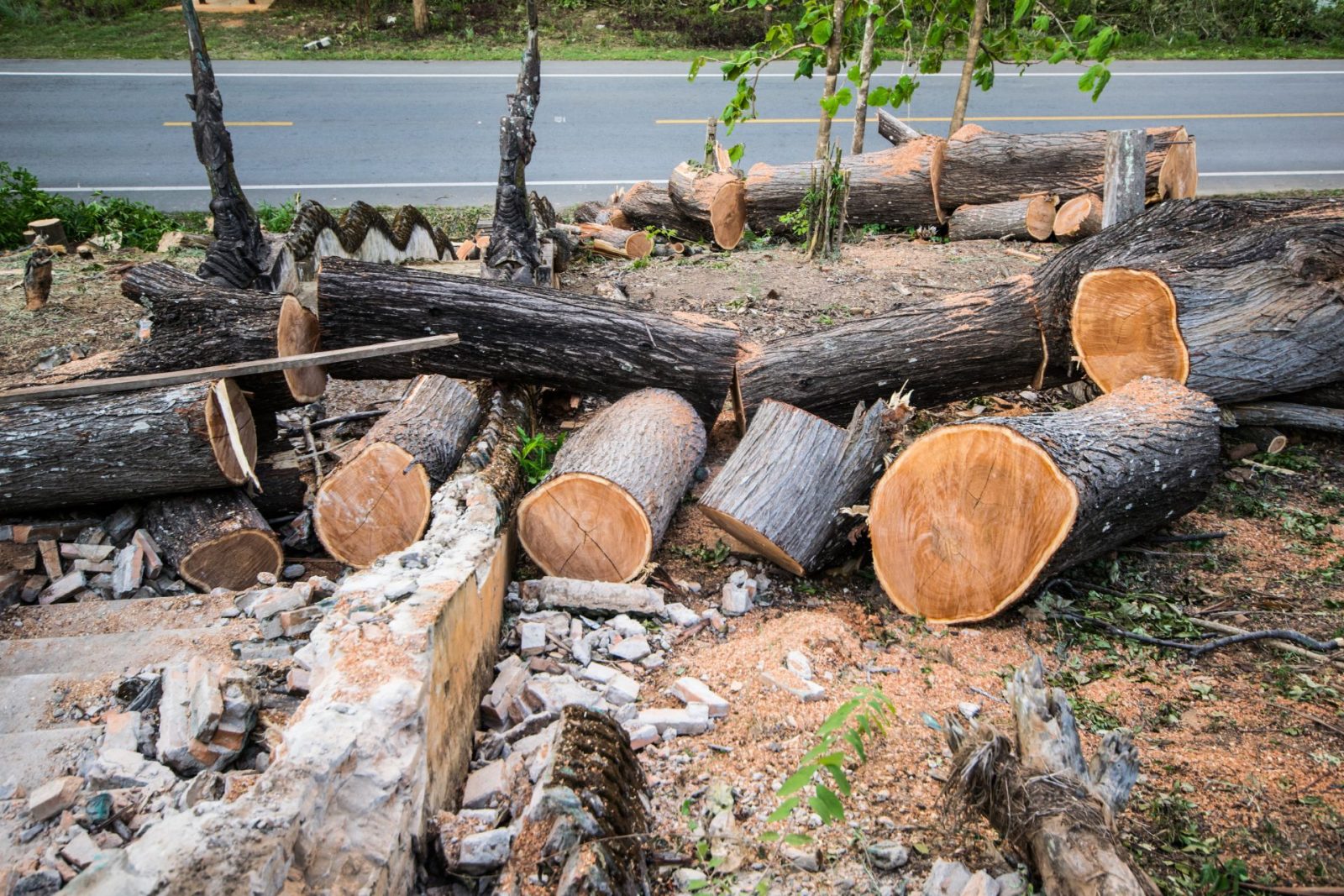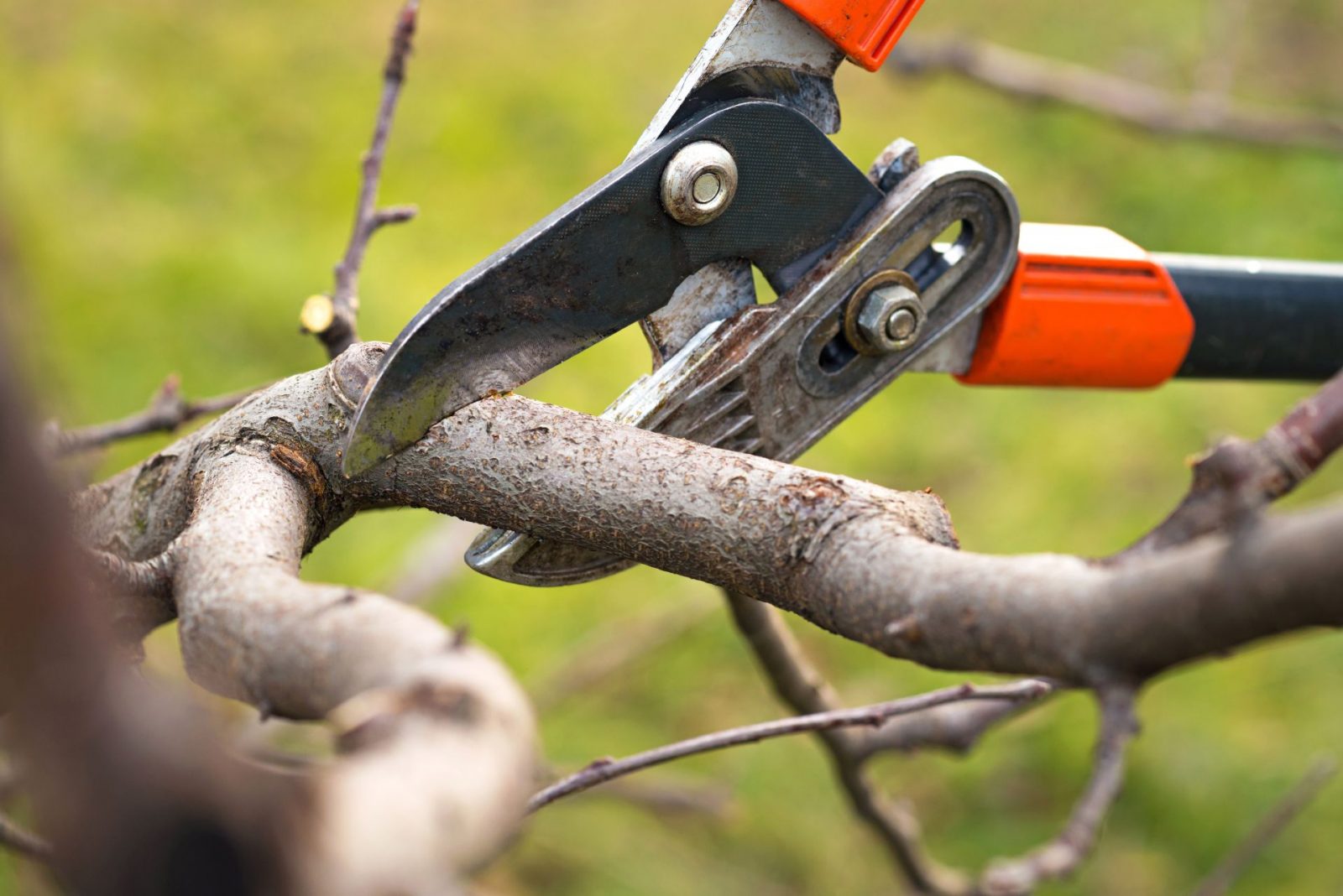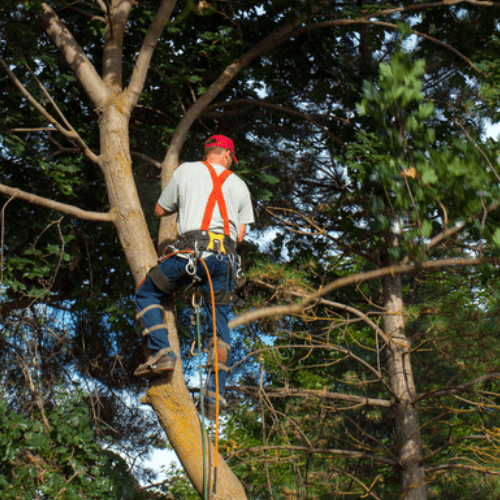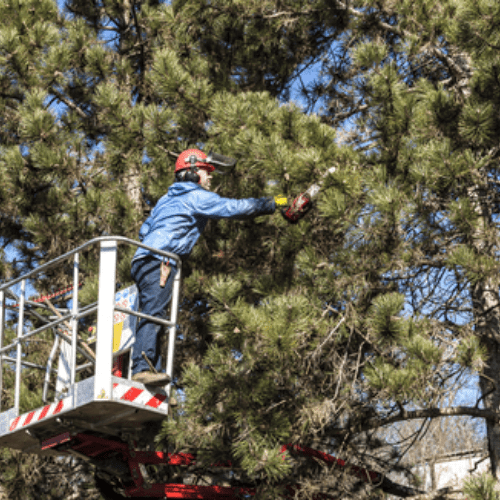Looking for Tree services expert to remove trees in Surry Hills? We offer a full range of gardening services including tree trimming, tree cutting, and tree removal. All Green Gardening and Landscaping has been recommended as one of the best tree services near you.
Removing a tree is not an easy task especially when you consider the restrictions of local councils. However, the tree cutting services provided by us are hassle-free. With our company, you will have an unparalleled tree cutting experience. With over 15 years of experience in this field, we have always focused on seeing to it that the customer is satisfied. Contact us today for a free quote.


